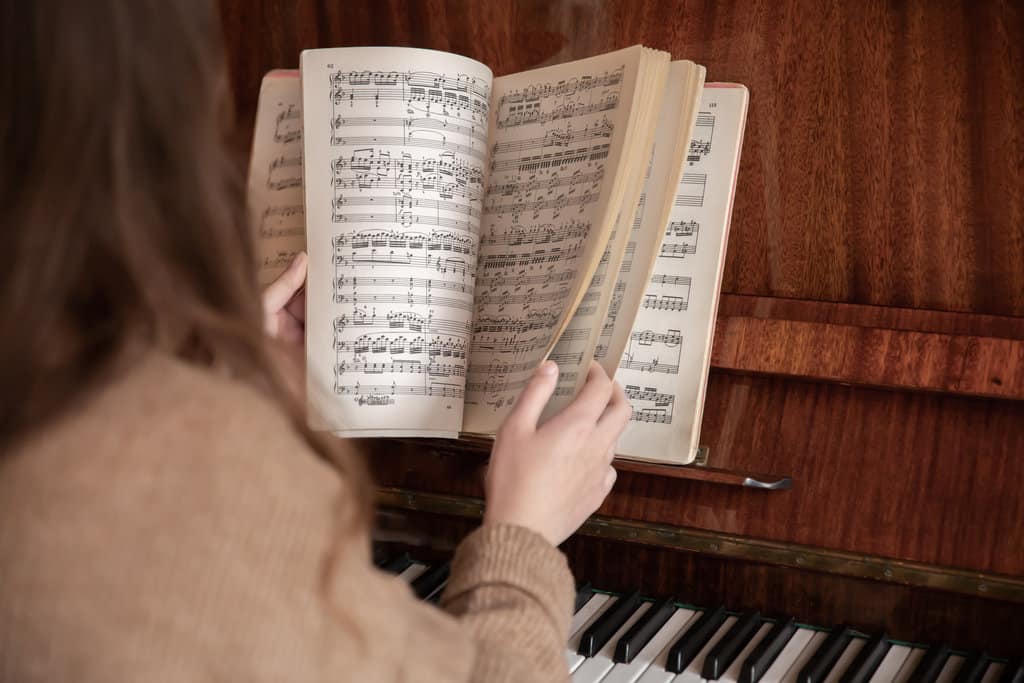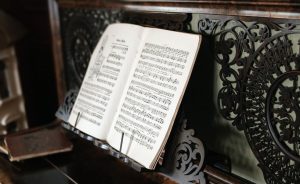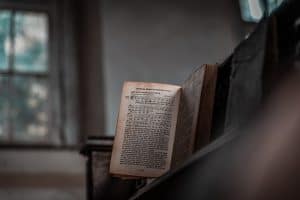What are eighth notes?
The eighth note, or quaver, is a note value that is worth half a beat. Two or more eighth notes can be beamed together using a single line. You will see groups of piano note quavers beamed in groups of 2, 3, 4 and sometimes 6.
A single eighth note symbol looks like this with one flag:

A beamed eighth note symbol looks like this:

A combination of single and beamed eighth notes looks like this:


How to count eighth notes (quavers)?
Eighth notes are worth half a beat. So how many eighth notes are in a quarter note? It takes two eighth notes to equal one beat. Two eighth notes are equal to one quarter note. A single eighth note is one eighth the duration of a measure in 4/4 time. This is where the name eighth note comes from. We can easily count quarter notes (crotchets) like this with notes on piano:

More symbols are needed to account for the added beats of eighth notes. We use the symbol “+” and pronounce it “and” to subdivide a musical pulse for eighth notes. In 4/4 time, we count eighth note symbols like this:

When learning how to count 16th notes we pronounce these eighth note beats as “one and two and three and four and”
So how many eighth notes are in a half note? Skoove has the answer for you. Practicing eighth note beats and subdivisions with the Skoove app will help you feel and play them better in time. With an interactive play-along system, practicing music with these rhythms with Skoove is just like playing them with the metronome! By practicing with online piano lessons, you can improve your time feel while playing fun and exciting music at the same time.
There are also rests equal to the duration of eighth notes. The eighth rest is likewise equal to ½ of a count. The eighth rest looks like this:
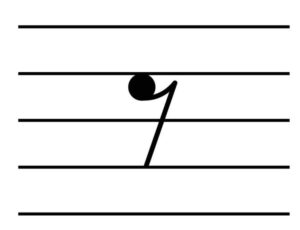
You see this rest commonly in syncopated passages of music where melodies start on the off beats instead of the downbeats.
What are sixteenth notes?
Sixteenth notes, or semiquavers, are twice as fast as eighth notes. So how many sixteenth notes are in a quarter note? It takes 4 sixteenth notes to make 1 beat, which means that sixteenth notes are equal to ¼ of a beat. It takes 8 sixteenth notes to make a half note in music. (a minim).
A single sixteenth note features a closed note head with a stem and two flags. Like eighth notes, sixteenth notes can be beamed into groups of 2, 3, 4 and sometimes 6.
A single sixteenth note looks like this:

Notice that it looks the same as an eighth note, with the exception of two flags instead of one.
Four beamed sixteenth notes looks like this, notice the double beaming representing the two flags:

A combination of single and beamed sixteenth notes can look like this:

How to count sixteenth notes
Sixteenth notes are half the value of eighth notes, which means we have twice as many notes to count. Therefore, we need to subdivide bars and beats further. When counting 16th note subdivisions we use the letters “e” and “a” pronounced “ee” and “ah” to count sixteenth notes. Try practicing this rhythm using any of the bass clef notes.
Here is how you count sixteenth note beats in 4/4 time:

When internalising how to play sixteenth notes we pronounce them as “1 – ee – and – ah – 2 – ee – and – ah – 3 – ee – and – ah – 4 – ee – and – ah.” You can compare the counting of eighth and sixteenth note beats like this:

Notice how the downbeats one, two, three and four and the “+” symbol all line up between the eighth and sixteenth notes?
Like the sixteenth note, the sixteenth rest is worth quarter of a beat and features two flags and looks like this:
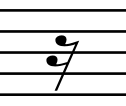
Take care to count sixteenth note rests properly as they often appear in more complex passages of music.
Dotted eighth and sixteenth notes
With dotted notes the dot adds ½ of the note value to the rhythm. Therefore, a dotted eighth note is equal to ¾ of a beat. Since the eighth note receives ½ of a beat and ½ of ½ is ¼, this means the dotted eighth note is equal to ½ + ¼, or ¾ of a beat.
A dotted eighth note looks like this:
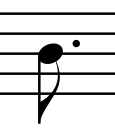
The dotted sixteenth note follows the same logic. Let’s do a little math to figure it out. The sixteenth note receives ¼ of a count. ½ of ¼ is ⅛. ¼ plus ⅛ equals ⅜.
The dotted sixteenth note looks like this:
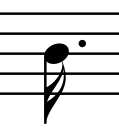
Eighth and sixteenth note triplets
How do eighth and sixteenth note triplets work? One eighth note triplet is equal to the duration of one beat. It takes four eighth note triplets to count the duration of a whole note.
Eighth note triplets are beamed in groups of three and looks like this:

To count this example of four beats you would pronounce “1 – trip – let – 2 – trip – let – 3 – trip – let – 4 – trip – let.” You can practice these rhythms using any of the treble clef notes.
Sixteenth note triplets follow the same logic.
A single sixteenth triplet is equal to ½ of a count. Sixteenth triplets can be beamed together in groups of 3 or 6. They look like this:

Likewise, we need to add in a few more syllables to account for the added beats in sixteenth triplets. So practice and play it slowly until you get the hang of the rhythm. Using a metronome set at a slow tempo will help you as well.
Eighth notes vs. sixteenth notes – what’s the difference?
Let’s compare what we have learned about counting sixteenth notes with this handy table.
| Feature | Eighth Notes | Sixteenth Notes |
|---|---|---|
| Beats per note | ½ | ¼ |
| Notes per beat | 2 | 4 |
| Flags/Beams | 1 | 2 |
| Counting | 1 and 2 and... | 1 ee and ah 2 ee and a... |
Now you have mastered the basics of both eighth and sixteenth notes it’s time to put your newfound knowledge into practice. As you have seen in this article Skoove is a great resource to help you with all aspects of your piano playing. Download Skoove and start learning today. Happy practicing!
Author of this blog post:

Eddie Bond is a multi-instrumentalist performer, composer, and music instructor currently based in Seattle, Washington USA. He has performed extensively in the US, Canada, Argentina, and China, released over 40 albums, and has over a decade experience working with music students of all ages and ability levels.







